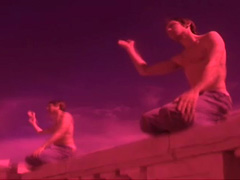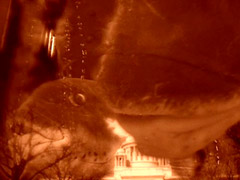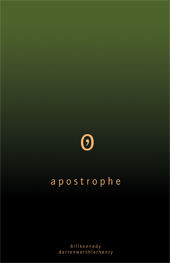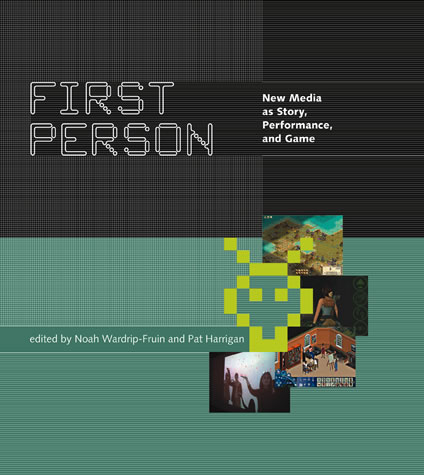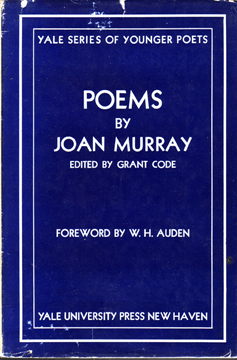I know this blog can seem at times as little more than a testament to my big ego. Like, let me tell you the story about the fishing tropy AGAIN… etc. Luckily, I’ve never won a literary (or any) award in my life, with the exception of a contest on TV trivia that nabbed me my first computer, a Vic 20, in 1980 or something like that.
In any case, here is something that appeared recently, a review of several of my chapbooks by the poet Stan Mir. All of the material he writes about will eventually appear in the What Is Said to the Poet, so I guess it’s fitting this goes up with the cover below. The review appears in the online journal Fascicle, link below.
MATTER ORDERED TO BE MADE
Five Recent Chapbooks by Brian Kim Stefans
Stan Mir
The term chapbook first dawned in the minds of the poor reading public in the early nineteenth century. Its name derives from the itinerant pedlars, chapmen, who sold them. Circulation of these quaint books began as early as the sixteenth century when one was likely to find short versions of tales such as Jack the Killer and Tom Thumb usually illustrated with a few crude woodcuts. By 1800 children’s tales such as Mother Hubbard and Cock Robin were produced. Typically, they were badly written and printed. Most interestingly, these books preserved the imaginative literature in countries like England and France when the ideological climate was hostile to the fantastic.
While our political climate is hostile to any sound idea, let alone any fantastic work of the imagination, it can’t be said that our cultural climate lacks familiarity with the fantastic or the rational. After all, we have to observe from afar the doings of our government. Within our time we have all types of artist producing work that manipulates the wash of information, and this information’s errata, we experience daily. Through the rearrangement of these daily artifacts we come to understand how we might arrange ourselves within a culture. With this in mind the chapbook remains one of the viably interesting ways for the artist’s presentation of order. These little books are like biopsies of larger bodies that not only allow the writer to see more clearly, but grant readers the permission to make diagnoses as well.
Into the midst of this era that co-opts more of our attention than we realize Housepress of Calgary published Brian Kim Stefans’ POEM FORMERLY KNOWN AS “TERRORISM†and other poems.1 In the background of these poems one hears a modern soundtrack that remixes the odd phrases of a questionnaire with the data of the news, as in “ ‘Islamabad’ is not an adequate responseâ€, utilizes the quotidian quirkiness of “They’re putting a new door inâ€, which has physical as well as metaphysical significance, as in a door to another dimension perhaps, and reinvents other languages, as in “Feliz Navidadaâ€.
Continues at: http://www.fascicle.com/issue02/essays/mir1.htm
